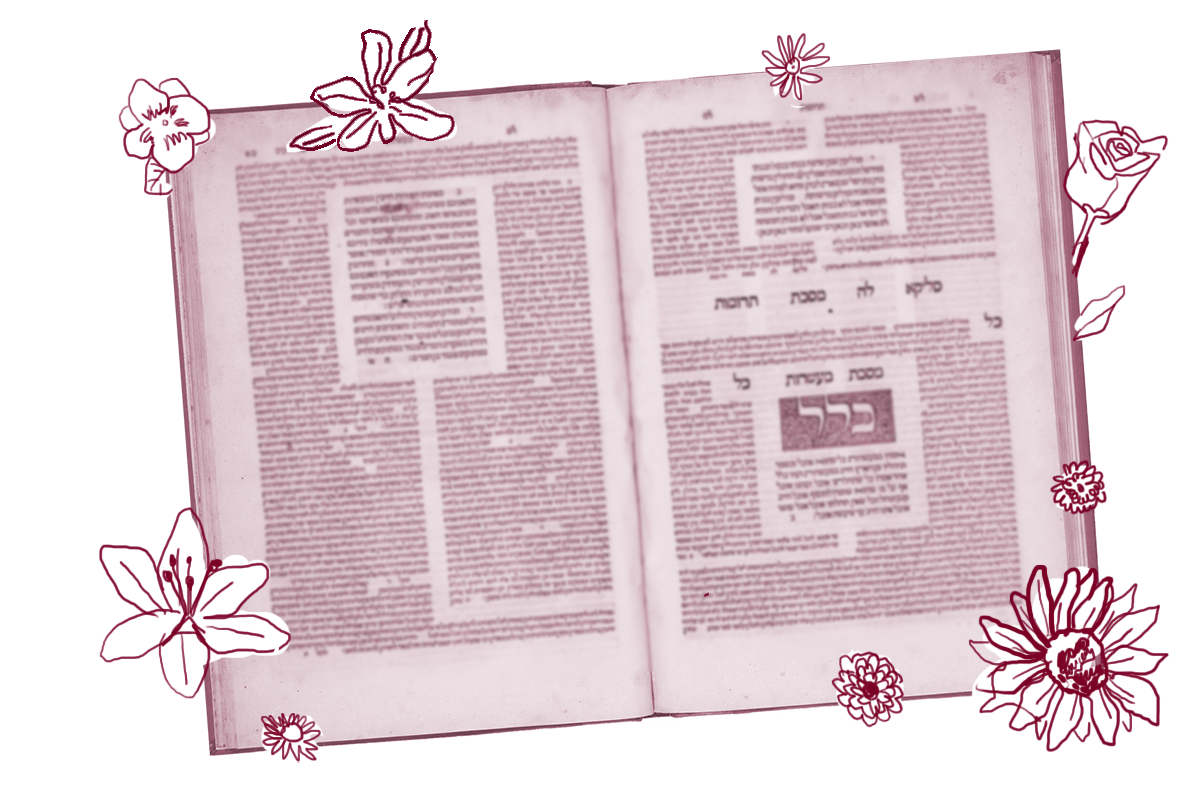The Bata Shoe Museum is an amazing little museum in Toronto, displaying everything from ancient shoes over 4,000 years old to 21st-century futuristic footwear. One only has to walk through one exhibit room to realize — there are a lot of different kinds of shoes! But what actually makes a shoe a shoe? That’s the question we explore on today’s daf.
Deuteronomy 25:9 tells us that as part of the ritual of halitzah, the yevama approaches her deceased husband’s brother and “pulls the shoe off his foot.” But what kinds of footwear count?
Rav Yosef said that Rav Kahana said that Rav said: If Elijah should come and say: One may not perform halitzah using a shoe, they would listen to him. But if he says: One may not perform halitzah using a sandal, they would not listen to him, for the people already have the practice using a sandal.
According to this tradition, people would use either a close-toed shoe or a sandal for halitzah. If the prophet Elijah were to come back and instruct us further on the proper footwear for the ritual, we would be flexible about close-toed shoes, but insist that sandals may be used.
With your help, My Jewish Learning can provide endless opportunities for learning, connection and discovery.
The Gemara continues the discussion about shoes vs. sandals, eventually concluding that using a sandal is the best way to do it. And though a close-toed shoe is not preferred, if the yevama doesuse a shoe for halitzah, the halitzah is still valid.
Clearly, the ideal situation is that halitzah should be done with a sandal. But the rabbis wouldn’t be the rabbis without asking the important follow-up question: What kinds of sandal?
Once again it’s Rav, apparently the rabbinic shoe expert par excellence, who weighs in:
Rav said: If I had not seen my uncle conduct halitzah using a sandal with laces, I would not have conducted halitzah with anything other than a sandal of Arabs, which is more tight fitting.
So halitzah can be done with either a sandal with laces (think gladiator sandals) or with a strapless sandal which fits tight to the foot and can stay on without straps. Either way, the yevama has to work at removing the shoe in order to spit in it.
But what if the sandal is relatively loose? What if it could be removed easily? Would the halitzah be valid?
This sandal of ours, although it does have a ring, we tie a strap to it, so that her halitzah will be of the highest standard.
The Gemara concludes it’s better to be safe than sorry and recommends tying a strap to a loose-fitting sandal to cover all bases. It goes on to discuss the kinds of materials that this sandal should be made of and the kinds of threads that can be used to join it.
In short, what we wear matters. The shoes on display at the BSM demonstrate shoes do a whole lot more than just protect our feet. All the little details found in shoes signal status and wealth, tell us about aesthetic preferences and gender conventions, and give us information about the kinds of materials and craftsmanship techniques available in particular times and places.
Today’s daf teaches us that all those little details also tell us whether or not they can be used, and should be used, in the performance of the ritual of halitzah. And indeed, today many Jewish communities have a specially constructed shoe set aside for halitzah ceremonies, one that meets the highest shoe standards laid out in the Talmud and the later commentaries.
Read all of Yevamot 102 on Sefaria.
This piece originally appeared in a My Jewish Learning Daf Yomi email newsletter sent on June 17th, 2022. If you are interested in receiving the newsletter, sign up here.



